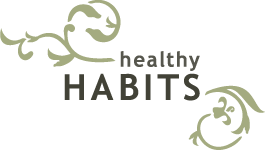Acidosis – acidity weakens all body systems. When excess acids must be neutralized our alkaline reserves are depleted leaving the body in aweakened condition.
pH – potential of hydrogen is a measure of the acidity or alkalinity of a solution. It is a measure on a scale of 0-14. The lower the pH the greater the acidity, the higher the pH the more alkaline or ‘base.’ pH blance depends on what is left after metabolism.
Acidity – forces the body to borrow minerals such as calcium, sodium, potassium, Magnesium from vital organs and bones to buffer or neutralize the acid to safely remove it from the body.
This is an overview of acid / alkaline balance that if out of balance is more prone to disrupting digestive processes. The pH of the gut can be tested easily and routinely with a small strip of acid testing paper. The saliva in the mouth is an indicator for how acid the gut fluids are or are not. Neutralizing the gut acid is one of the initial steps in reducing the GERD night time episodes.
It must be understood that foods with acid content do not necessarily mean they push the gut towards an acidic concentration. Many acid rich foods are still alkalizing on the body like lemons. When you shift the diet towards more alkalizing foods grade symptoms of GERD reflux on a scale of 1-10 to note if the intensity of the reflux is improving with the addition of alkaline foods.
Organic Miso paste – alkalizing, high protein, restores gut health and integrity
Slippery Elm tea to be had each morning with organic honey/ neutralizes the stomach acidity, aids digestion of milk, assists adrenal glands and is a buffer against mucous membranes.
Coconut oil to be added to tea, or hot drinks or stove top cooking, antimicrobial for the gut
ACID Healthy pH Range Alkaline
__________________________________________________________________________
5 5.5 6.0 6.5 7.0 7.5 8.0 8.5 9.0 9.5 10.0
